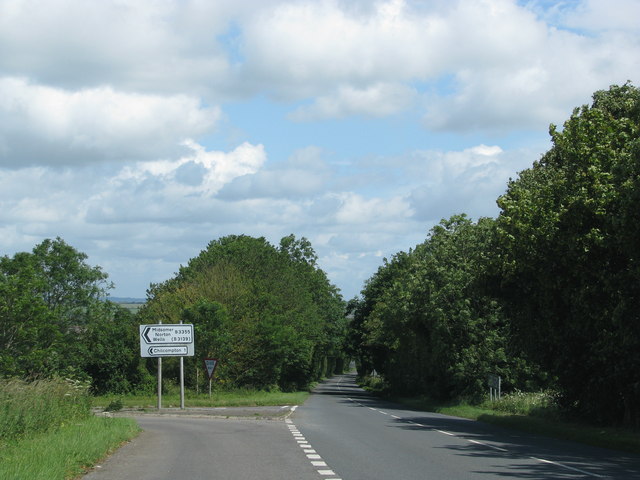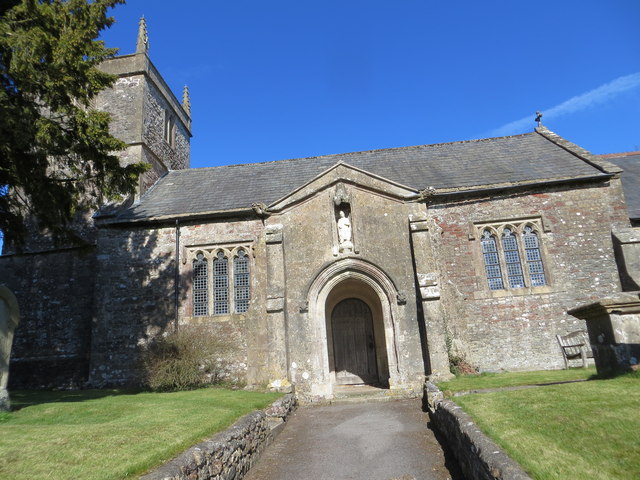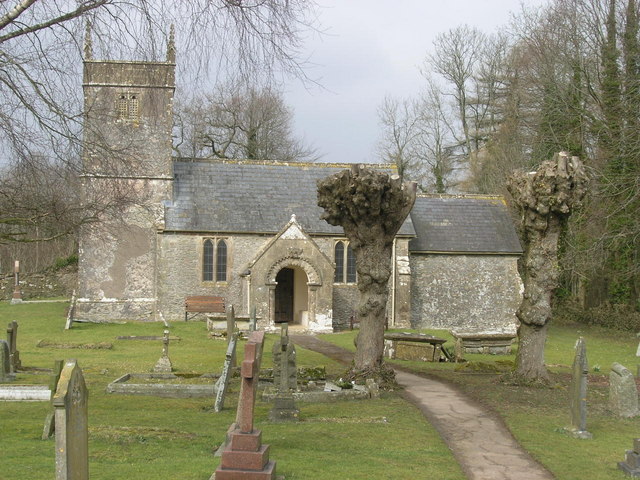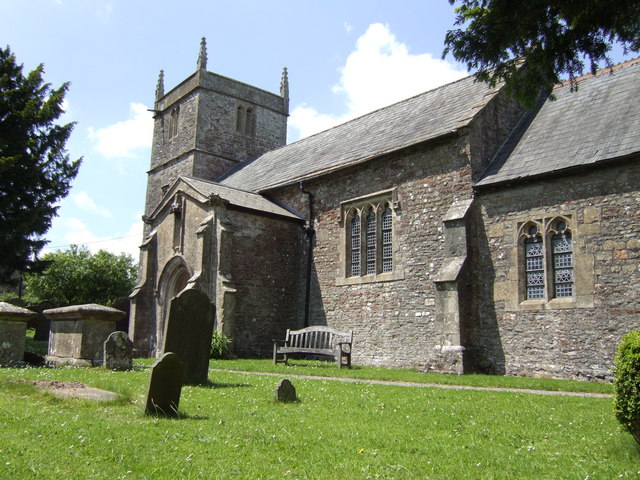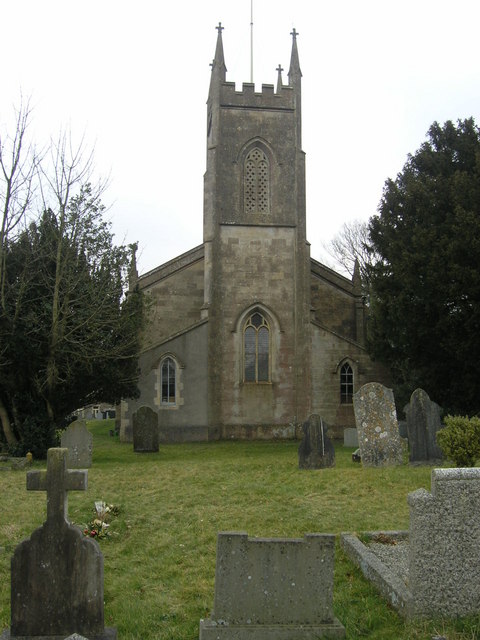Holcombe
Civil Parish in Somerset Mendip
England
Holcombe
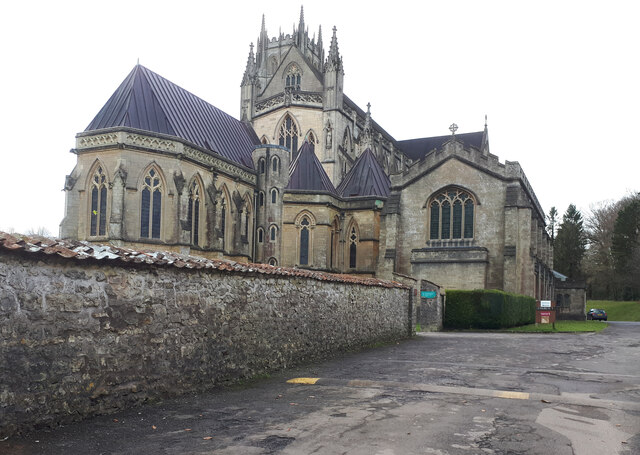
Holcombe is a civil parish located in the county of Somerset in England. It is situated on the southern slopes of the Mendip Hills, approximately 10 miles south of Bristol and 10 miles north of Wells. The parish covers an area of about 1.7 square miles and has a population of around 400 people.
The village of Holcombe is nestled in a beautiful rural setting, surrounded by picturesque countryside and farmland. It is characterized by its charming stone-built cottages, many of which date back several centuries. The local church, St. Andrew's, is a notable landmark, with parts of the building dating back to the 12th century.
Agriculture has historically been an important industry in Holcombe, with farming playing a significant role in the local economy. However, in recent years, the village has also seen a growth in tourism, attracting visitors who come to explore the stunning natural landscapes and enjoy outdoor activities such as hiking and cycling.
The local community is vibrant and close-knit, with several community events and activities taking place throughout the year. The village has a primary school, a village hall, and a pub, providing essential amenities for residents.
Holcombe offers a peaceful and idyllic lifestyle, away from the hustle and bustle of urban areas. Its scenic location, rich history, and strong sense of community make it an attractive place to live for those seeking a rural retreat in Somerset.
If you have any feedback on the listing, please let us know in the comments section below.
Holcombe Images
Images are sourced within 2km of 51.249309/-2.473596 or Grid Reference ST6750. Thanks to Geograph Open Source API. All images are credited.




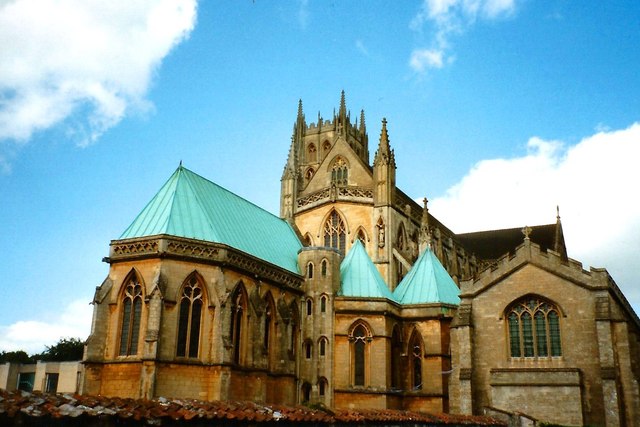





Holcombe is located at Grid Ref: ST6750 (Lat: 51.249309, Lng: -2.473596)
Administrative County: Somerset
District: Mendip
Police Authority: Avon and Somerset
What 3 Words
///purses.deflated.spud. Near Chilcompton, Somerset
Nearby Locations
Related Wikis
Church of St Andrew, Holcombe
The Church of St. Andrew close to Downside Abbey in Holcombe, Somerset, England has late Saxon-early Norman origins and was rebuilt in the 16th century...
Holcombe, Somerset
Holcombe is a small village and civil parish (population 936) in the Mendip local government district of Somerset, England. The parish contains the hamlets...
Stratton-on-the-Fosse
Stratton-on-the-Fosse is a village and civil parish located on the edge of the Mendip Hills, 2 miles (3 km) south-west of Westfield, 6 miles (10 km) north...
Coleford, Somerset
Coleford is a village and civil parish in Somerset, England, situated on the Mells River in the Mendip Hills five miles west of Frome. The parish has a...
Nearby Amenities
Located within 500m of 51.249309,-2.473596Have you been to Holcombe?
Leave your review of Holcombe below (or comments, questions and feedback).
